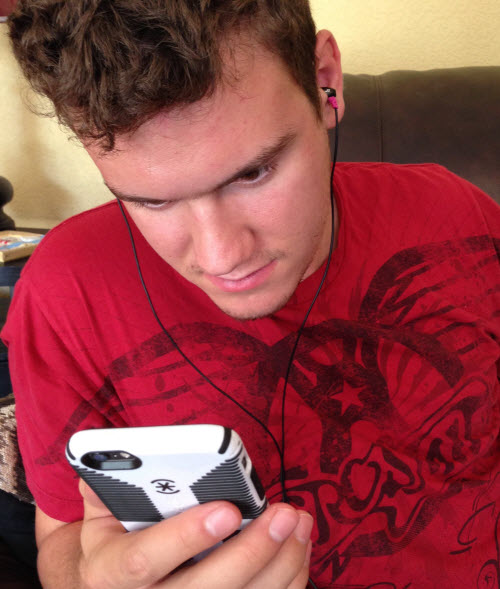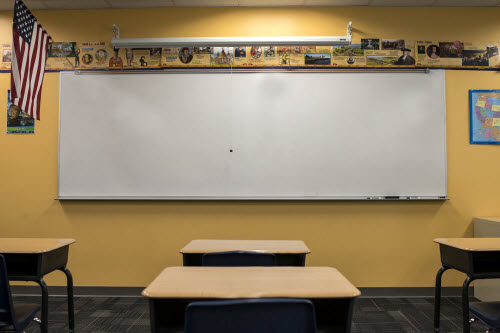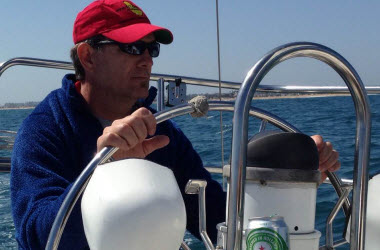January 19, 2016
Remember Encarta Encyclopedia? Having an entire encyclopedia equivalent to dozens of books, but at the a click of a mouse. Having to install multiple CDs was a small price to pay to have such a vast amount of knowledge at your fingertips. It made access to the material incredibly easy and saved time searching through the innumerable pages of a traditional encyclopedia. For many people this was just the beginning of a new way to access educational material.
Technology had come far since the days of buying computers with whole packets full of CDs. With this technological progress, the way we access information has changed the way we learn. In the early 2000s, if you wanted to find out why ice floats on water you would need to boot up the computer, start up Encarta, find the page for ice, skim through most of the article, and finally find the relevant information. Now you can do a quick google search on your smartphone to find out why ice floats along with some pictures of ice and possible an ad or two for ice cube trays.
 Over time, not only has the capability of the technology we use increased, but the speed of our internet connections has increased as well. Nowadays, we can easily access HD YouTube videos on how fish breath underwater. With how easily we can access various knowledge, we have learned how best to find information. With this,however, our average attention span has dramatically decreased. According to the National Center for Biotechnology Information (http://www.statisticbrain.com/attention-span-statistics/), between 2000 and 2015 the average attention span has dropped from 12 seconds to 8.25 seconds. This means, on average, we can look up more information but not retain as much detail about the subject.
Over time, not only has the capability of the technology we use increased, but the speed of our internet connections has increased as well. Nowadays, we can easily access HD YouTube videos on how fish breath underwater. With how easily we can access various knowledge, we have learned how best to find information. With this,however, our average attention span has dramatically decreased. According to the National Center for Biotechnology Information (http://www.statisticbrain.com/attention-span-statistics/), between 2000 and 2015 the average attention span has dropped from 12 seconds to 8.25 seconds. This means, on average, we can look up more information but not retain as much detail about the subject.
Most of us grew up with an education which prioritized memorizing facts and studying subjects in detail. Now, having the internet in our pocket, we can get straight to the point without learning all of the ancillary knowledge associated with the fact. Thanks to the web, we are less likely to read something in depth. There is a rule of thumb that when comparing paragraphs on a website versus on a physical page, the website will do better if it has 50% less wording than the printed page.
With the progress of technology has come a boom in visual media. Outside of scholarly papers, we expect to see photos and videos with our content. The old adage “a picture is worth a thousand words” rings true for our modern society. It may even be said for the younger generations that a video is worth a thousand pictures. Increasingly, younger generations look to YouTube to learn how to do something instead of reading a book or manual. The expectation is starting to be set where material is presented not only in text, but also diagrams and videos. We are starting to move away from the “read pages 10 through 21” mentality to one that is more inclusive of the various learning styles. 
Not only are we learning via videos, but we are learning with games. Through games we can bring the screen to life while learning new concepts. Even Pac-man might have taught kids to eat fruit. Modern games teach kids a whole slew of skills from computer programming to identifying species. Also, technology is getting into the hands of younger and younger children. There are educational apps designed to teach young children basic math concepts such as addition and subtraction. New parents have even threatened to take away their 5-year-old’s ipad if they didn’t start behaving.
The indomitable march of new technology has had far reaching impacts on our lives. Whether good or bad, incorporating technology into our lives has changed the way we learn. Time will only tell what the changes will do to our society, but I for one am looking forward to seeing how the next big thing will revolutionize the way we think.



